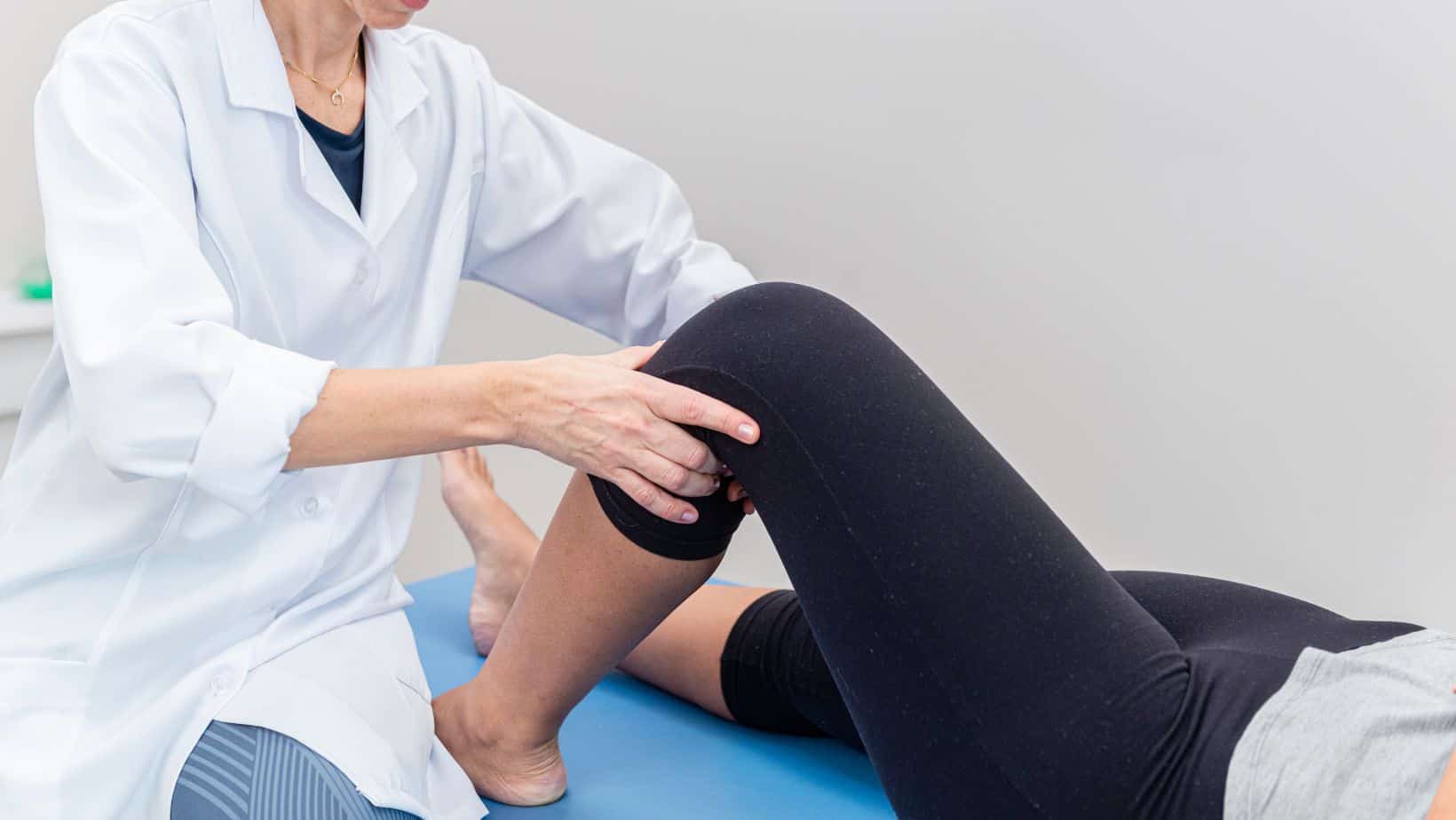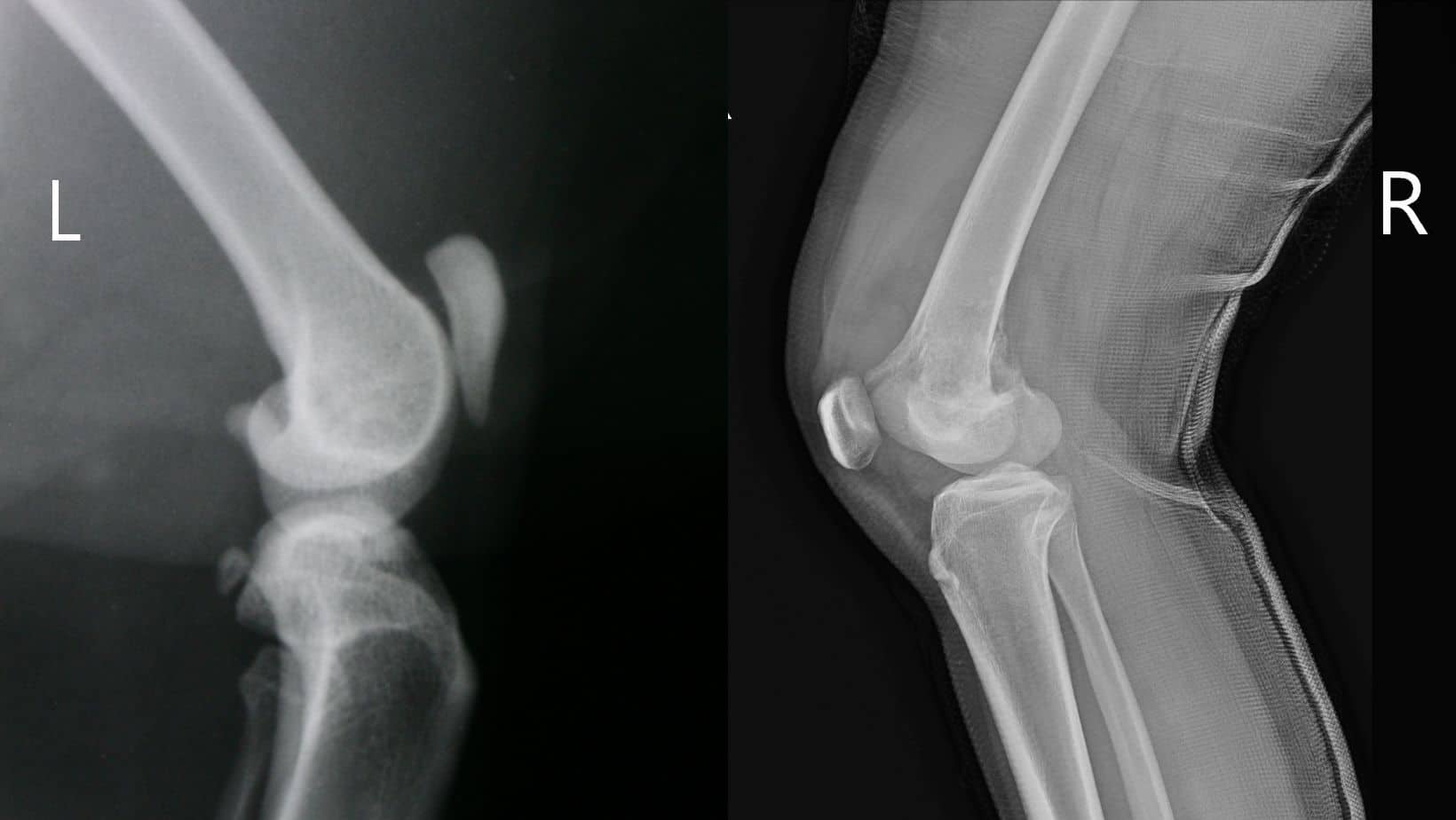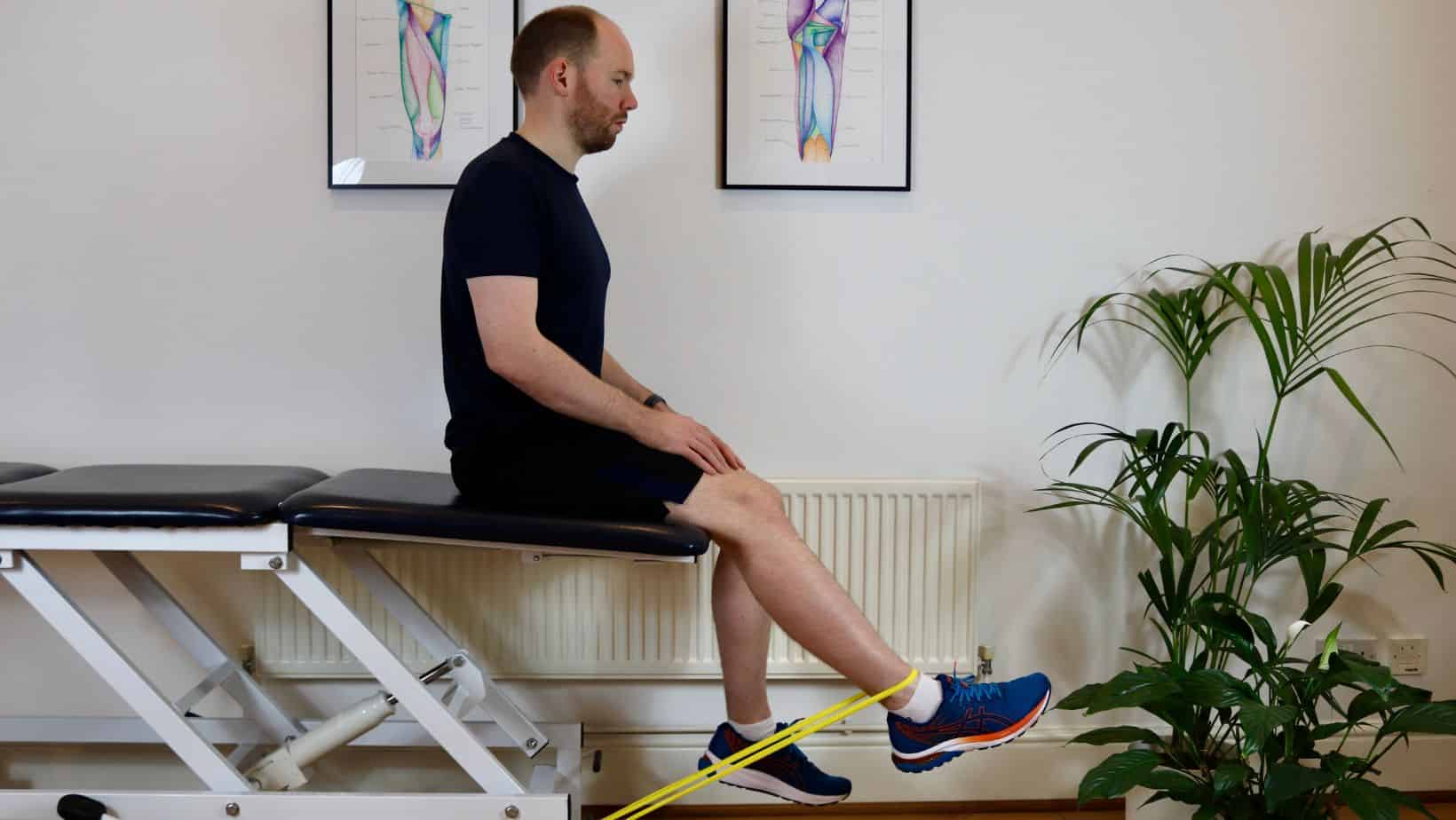Patellar Tendonitis (Jumper’s Knee)
Read More >
Patella Alta is a condition of the knee, where the knee cap sits higher than usual. It causes a tracking issue of the patellofemoral joint as the patella is not ideally located over the femoral trochlea as it should be. The higher position of the patella has it sitting in a more shallow part of the femoral trochlea groove. Due to this altered position the individual will be much more likely to experience patella instability and tracking disorders, as well as patellofemoral joint pain.
The condition of Patella Alta can occur following trauma to the knee but is mostly seen as a congenital or developmental issue with no history of trauma. Individuals with cerebral palsy have a higher likely hood of Patella Alta, which has been linked to the common gait dysfunction of walking with knees in some degree of flexion. Different theories exist for the causes of Patella Alta, but most agree that a longer patella tendon is the most likely of these.
You can read more about these related conditions in other articles: Patella Tracking Disorder and Patellofemoral Pain Syndrome.

Diagnosis for Patella Alta is best done by an experienced physical therapist or sports doctor. They will assess the mobility of your knee, and the position of the patella with the knee in different positions and through different movements. As well as discussing with you any symptoms that you may have.
Common symptoms are pain at the front to the knee, with some people feeling that it is specifically coming from under the knee cap. Pain is likely to be worse with activities that bend the knee, such as ascending or descending stairs, lowering down or getting up from a chair, or squatting. In some cases, this will be accompanied by swelling that is diffuse but generally at the front of the knee.
Confirmation of the diagnosis can come with radiology images, Xray or MRI scans. These need to be taken with a side view of the knee, with the knee flexed to 30º. There are several different ways of measuring the image to make a definitive diagnosis. Two examples are: Insall-Salvati Ratio and Caton-Deschamps Index. An Insall-Salvati Ratio uses the measurements of the length of the patella and patella tendon, and the Caton-Deschamps Index uses the measurements of the distance from the inferior pole of the patella to the tibial tuberosity and the patella length. These then show the elevated position of the patella in a quantitative way. More sensitive scanners may also show if there is inflammation at the joint surface or surrounding tissues.
This image shows Patella Alta on the left and a normally positioned patella on the right.

In the short term and for acute exacerbations of pain, ice and rest are recommended to let symptoms settle back down. Effective longer-term treatments include relaxing and stretching the quadriceps muscle. As the patella sits within the tendon of the quadriceps, the tension of the muscle can affect how the patella tracks over the knee joint. Therefore massage, foam rolling, and stretching can be very effective to reduce pain as well as lower the patella height. Equally, sometimes other structures such as the iliotibial band can contribute to the poor position of the patella and may benefit from treatment such as massage and stretching.
Taping and knee braces are also often used to help with symptoms of instability and pain. Tape will help by changing the tension on the skin around the patella which can encourage different muscle actions or muscle relaxation which can alter the way the patella moves over the joint. Braces may provide more structure and stability if the knee feels very unstable.

Strengthening the quadriceps muscles and the other muscles of the knee can also help for a more efficient and effective movement of the patella over the knee joint. The quadriceps muscle group is made up of four individual muscles, which need to all work efficiently individually and collectively. Strengthening exercises for the quadriceps can significantly improve this, and also improve the stability of the patella. Other muscles such as the glutes also play a significant role in the function of the knee and strength training of the glutes can reduce pain associated with Patella Alta.
The exercises for Patella Alta with instability are similar to those for patella subluxation and Chondromalacia Patella. You can read about these in our related article: Patellar Subluxation Exercises and Chondromalacia Patella Exercises.
In the majority of cases, conservative treatment will be effective to reduce symptoms and return the individual to functional activities. In the most severe cases, surgery may be necessary, if other options have been unsuccessful. The 3 most common surgical options are:
This is not medical advice. We recommend a consultation with a medical professional such as James McCormack. He offers Online Physiotherapy Appointments for £45.
Related Articles:
Muscles of the Knee
Chondromalacia Patella Advice
Chondromalacia Patella Treatment
Knee Arthritis
Knee Brace for Arthritis